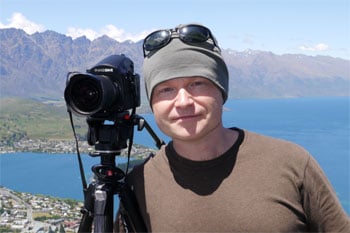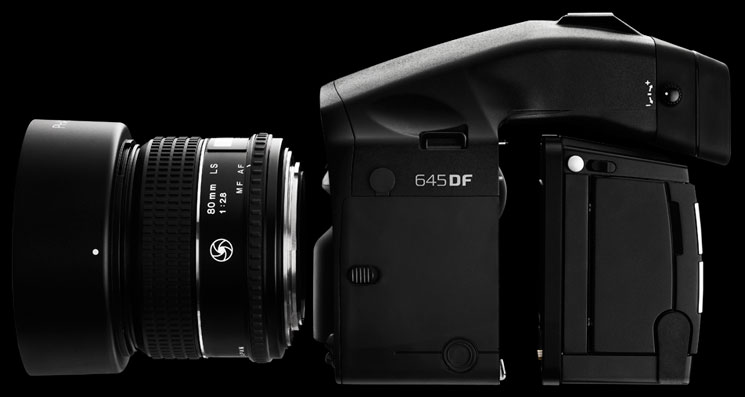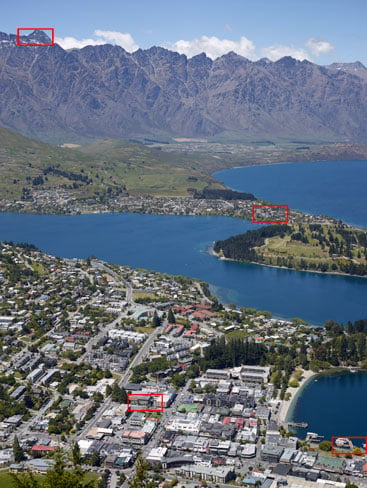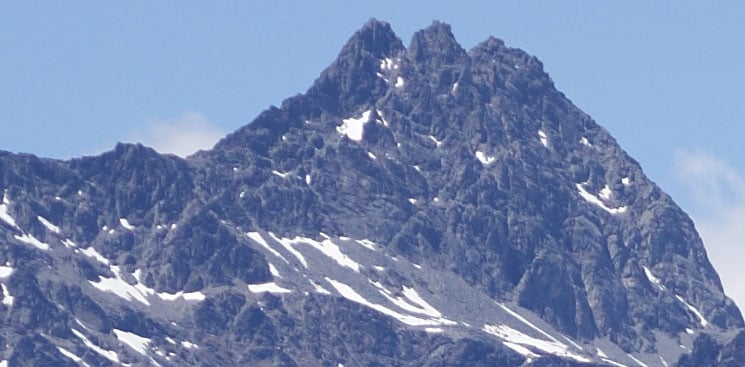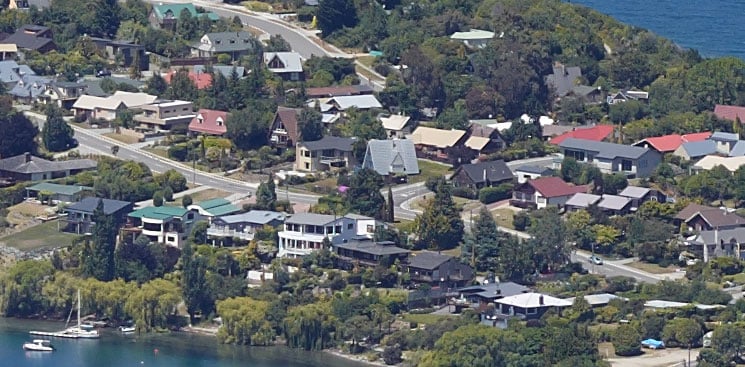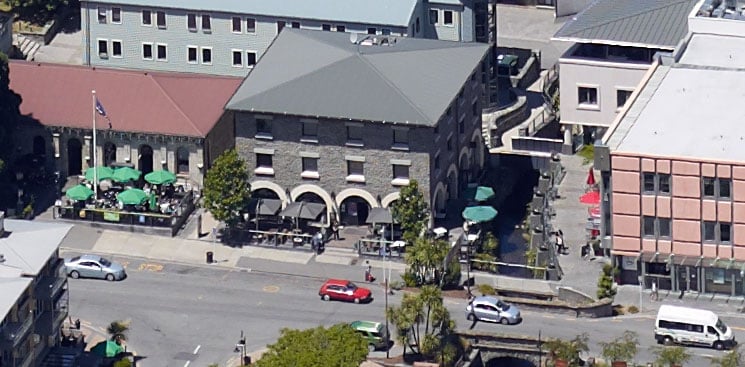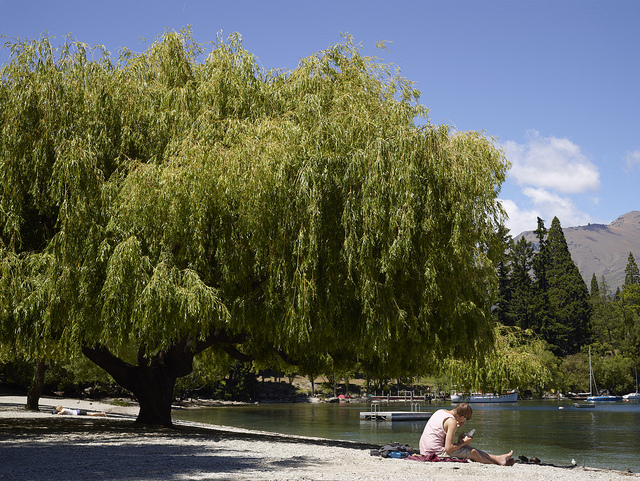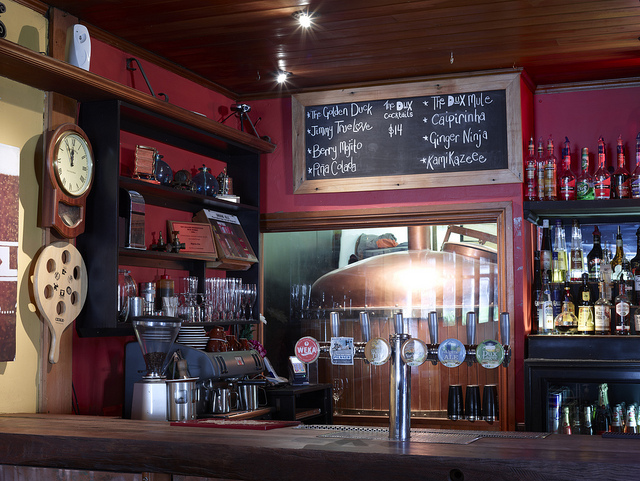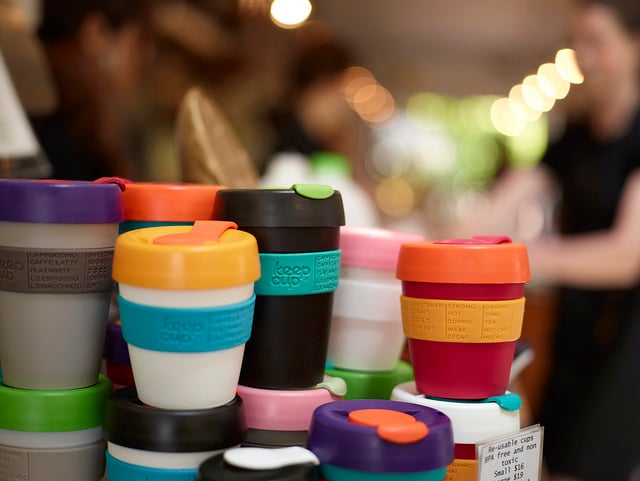Phase One IQ180 with 645DF
-
-
Written by Gordon Laing
The Phase One IQ180 is the company’s top-of-the-range medium-format digital back, boasting nothing less than 80 Megapixels; this makes it the joint highest resolution single exposure device that’s commercially available (alongside the Leaf Aptus II 12), as while the Hasselblad H4D-200MS can generate 200 Megapixel files, it does so by combining four 50 Megapixel exposures taken in sequence. The Phase One IQ180 was announced in January 2011 alongside the IQ160 and IQ140 backs, sporting 60.5 and 40 Megapixels respectively. As medium-format backs, all three IQ models feature sensors with a considerably larger surface area than a traditional full-frame or APS-C DSLR. The IQ180 employs an 80 Megapixel CCD sensor which measures 53.7×40.4mm, compared to 36x24mm for full-frame DSLRs or 22.3×14.9mm for APS-C (Canon). Think about that for a moment: you could squeeze two full-frame or four APS-C sensors with space to spare on the IQ180. All three IQ backs also boast 12.5 stops of dynamic range and are operated via 3.2in touch-screen displays. The IQ range are designed to fit onto medium-format bodies, such as Phase One’s own 645DF which itself is compatible with a variety of lenses. You can see a typical ‘kit’ below, consisting of the AF 80mm f2.8 lens, 645DF body and IQ180 back.
Following one of the company’s PODAS (Phase One Digital Artist Series) workshops around the Queenstown, New Zealand area, I was lucky enough to borrow a 645DF equipped with an IQ180 back, along with AF 80mm f2.8 and AF 28mm f4.5 lenses for an afternoon. While that’s obviously nowhere near long enough to conduct any kind of serious review, it did give me a chance to capture my usual test locations in an unprecedented degree of detail. So on this page I’d like to share some of the images I captured and you can download compressed (but full resolution) versions of the original files for evaluation on your own computer. Anyone with even a passing interest in pixel-peeping will be in heaven! Can’t wait to download the file? I understand. As Camera Labs tradition dictates, I’ve made a number of crops for you to view straightaway at 100%. These were grabbed from the TIFF file using 745×367 pixel selections marked by the red rectangles on the image opposite. You can see these below. Just once glance at the crops is enough to make you realise you’re looking at something very special. The degree of detail is so much higher than anything else I’ve tested and the processing by Capture One is beautifully natural: crisp and detailed without ever looking electronic. I have to say it’s one of the best-looking digital images I’ve ever seen from a technical viewpoint, and remember this was effectively just a snapshot taken in a relative hurry with no careful processing beyond the default settings. This really is an out-of-box result for both the back and software.
Below are a further selection of images you can download for evaluation. In the near future I’ll follow-up this brief test with a look at the high ISO performance across the back’s sensitivity range.
That’s all for now from the camera which bagged the highest score ever at DxOMark. I’ll be back soon with some high ISO results, but in the meantime, I’d love to hear what you think in the Camera Labs forum. |
